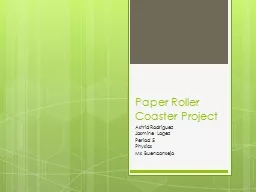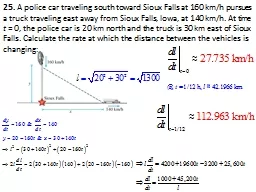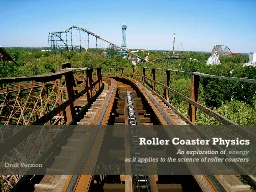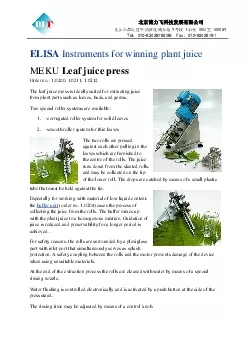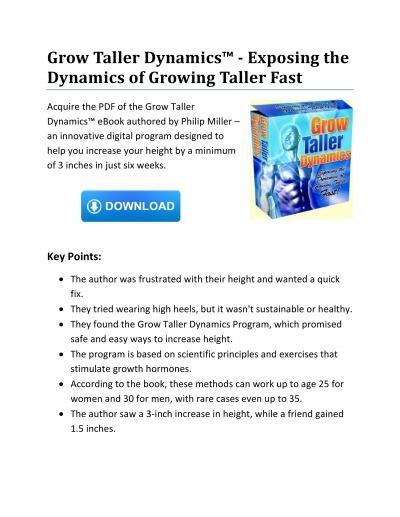PPT-Roller Coaster Marbles: How Much Height to Loop the Loop?
Author : sherrill-nordquist | Published Date : 2017-08-17
Arturo Romero Jessica Herrera Beatriz Cantua Alex Escobedo Objective The goal of this project is to build a roller coaster for marbles using foam pipe insulation
Presentation Embed Code
Download Presentation
Download Presentation The PPT/PDF document "Roller Coaster Marbles: How Much Height ..." is the property of its rightful owner. Permission is granted to download and print the materials on this website for personal, non-commercial use only, and to display it on your personal computer provided you do not modify the materials and that you retain all copyright notices contained in the materials. By downloading content from our website, you accept the terms of this agreement.
Roller Coaster Marbles: How Much Height to Loop the Loop?: Transcript
Download Rules Of Document
"Roller Coaster Marbles: How Much Height to Loop the Loop?"The content belongs to its owner. You may download and print it for personal use, without modification, and keep all copyright notices. By downloading, you agree to these terms.
Related Documents


